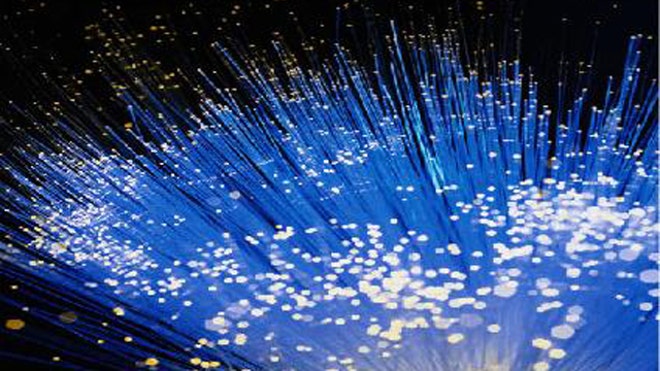
Materials that bend light in unnatural ways are often touted as the path to futuristic technologies such as cloaking devices and super-powered lenses. But such materials are hard to make, but scientists have now discovered a simpler way using electrons.
At Harvard University’s School of Engineering and Applied Sciences, a team of researchers led by Hosang Yoon and Donhee Ham showed that using ordinary semiconductors and confining electrons to a two-dimensional plane they could make a material with a so-called negative refractive index that bends radio waves the “wrong” way, and does so a hundred times better than other methods.
the “wrong” way, and does so a hundred times better than other methods.
A refractive index is a measure of how much a material bends light. An index of 1 means no bending at all. Diamonds
is a measure of how much a material bends light. An index of 1 means no bending at all. Diamonds have that nice prism effect because they have an index of about 2.42, whereas air bends light hardly at all. Light – and that includes radio waves – bends because as it travels through anything other than a vacuum it slows down. Most materials always have a positive refractive index. That means that if light is approaching a denser, higher-index material from a lower-index one it gets bent to the right if the denser stuff is on that same side.
have that nice prism effect because they have an index of about 2.42, whereas air bends light hardly at all. Light – and that includes radio waves – bends because as it travels through anything other than a vacuum it slows down. Most materials always have a positive refractive index. That means that if light is approaching a denser, higher-index material from a lower-index one it gets bent to the right if the denser stuff is on that same side.
This all changes if the material has a negative index – as metamaterials do. In that case, the bend would be to the left. An object surrounded by a metamaterial would scatter the light away from it, making it invisible.
Fox News has the full article










